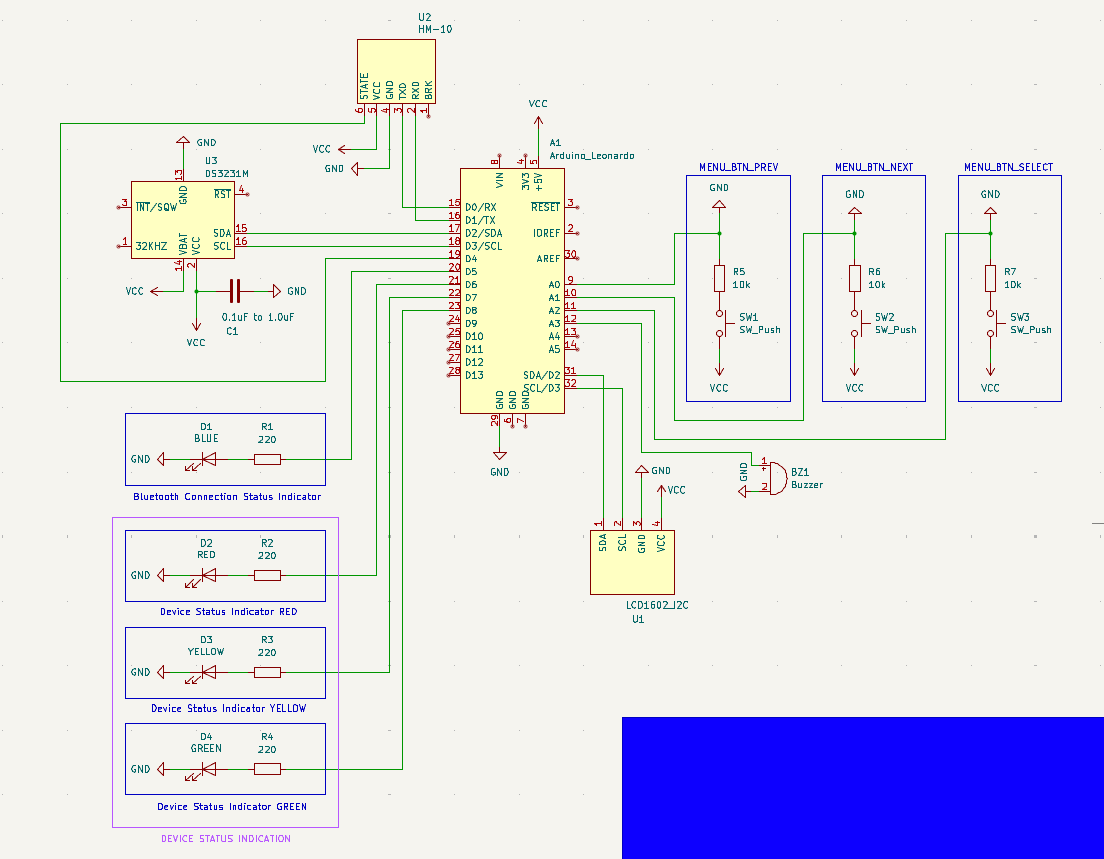this post was submitted on 16 Apr 2025
7 points (100.0% liked)
Electrical and Computer Engineering
1111 readers
2 users here now
Electrical and computer engineering (ECE) community, for professionals and learners. Discuss ECE related topics here, for instance digital design, signal processing, circuit analysis, electromagnetics, microelectronics, power electronics, RF electronics, etc.
founded 2 years ago
MODERATORS
you are viewing a single comment's thread
view the rest of the comments
view the rest of the comments

Any electronic component (or sub-circuit) running at a high frequency can cause voltage fluctuations on the supply voltage rail. Ideally the Arduino itself has decoupling capacitors close by so those fluctuations are absorbed by those caps and never reach the RTC module. The RTC module itelf can similarily cause such fluctuations, so again, a suitable decoupling capacitor close to the component should be present. It really goes both way though. Those capacitors both reduce the influence a component has on the supply voltage, but also protects the component from fluctuations coming from the supply rail.
To better understand this, maybe it helps to consider that real circuits are never perfect. As such, PCB traces have resistance and so does the power supply. That in turn means that when the load on the power supply changes, the voltage also changes due to those resistances. With capacitors with low internal resistance near those components, those capacitors can quickly supply current when needed. This is also why you typically design PCBs with high currents with power traces in a star toplogy, so the influence between components is minimized.